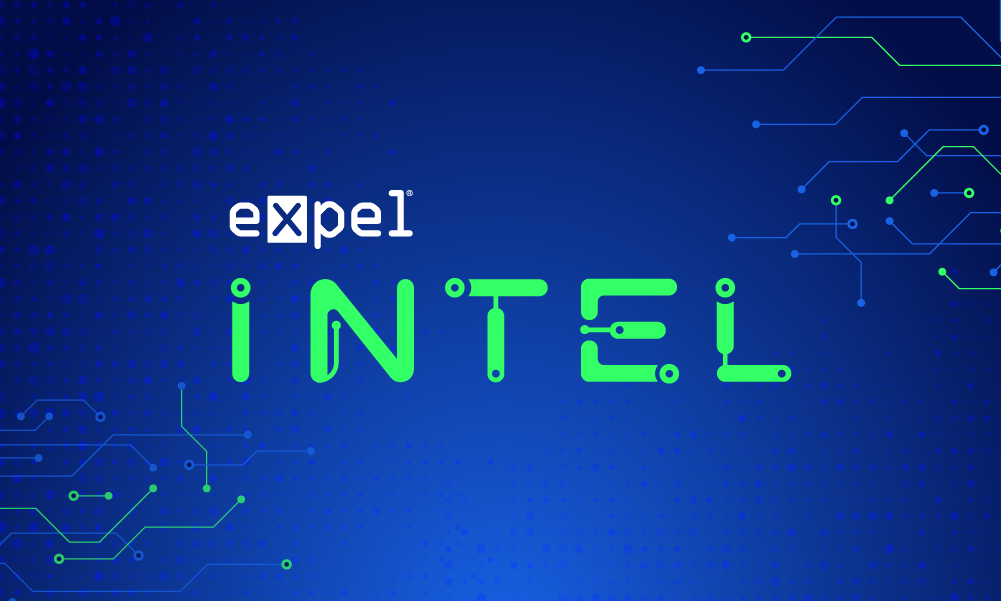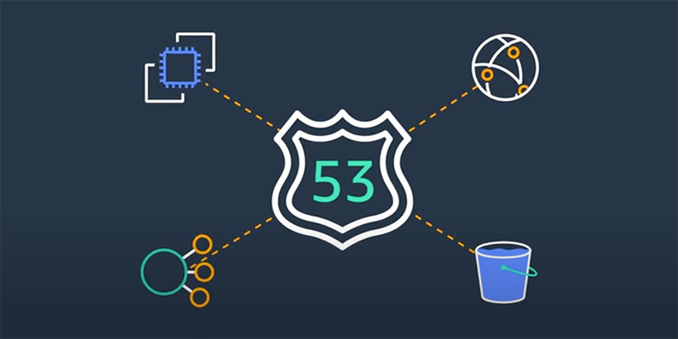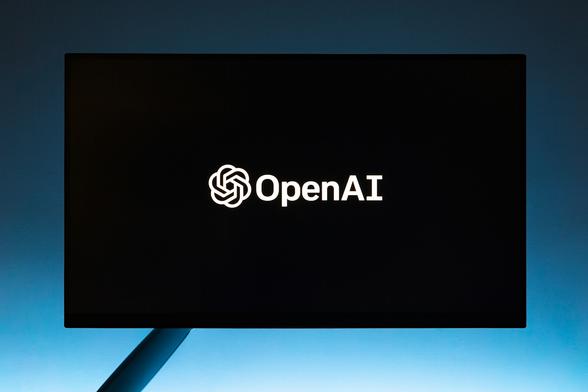2025-10-18 17:13:15
#idw Keeping pace with #ClimateChange: Genetic exchange enables rapid adaptation in songbirds
Leibniz-Institut zur Analyse des Biodiversitätswandels
Exchange of genetic diversity between species accelerates evolutionary adaptation Climate change is rapidly altering our environment – and posing m…
2025-12-19 15:07:50
Humans are better coders than AI, CodeRabbit concludes
Security researchers analyzed 470 open-source GitHub pull requests, including 320 AI-co-authored PRs and 150 human-only PRs. In short, they found that AI tools accelerate code output, but also amplify the number of (critical) mistakes.
https://
2025-11-12 20:34:06
Cybersecurity firm Deepwatch lays off dozens, citing move to “accelerate” AI investment
https://techcrunch.com/2025/11/12/cybersecurity-firm-deepwatch-lays-off-dozens-citing-move-to-accelerate-ai-investment/
2025-10-11 07:34:51
This is an interesting study in how local conditions skew your perceptions, I'm actually surprised how *low* the numbers are, but I see in Denmark EVs are much higher than the rest of the EU, who also clearly have some catching up to do...
https://ec.social-network.europa.eu/@EUCommission/115354274303487490
EUCommission@ec.social-network.europa.eu - 👋 Watt’s up, Europe?
The numbers of electric vehicles sold in Europe in 2024 are in:
⚡ 1.45 million new battery-only EVs registered
📈 32% growth in the total electric fleet
🚗 Nearly 6 million e-vehicles on the road
🔋 13.6% of all new car registrations are electric
Europe is accelerating full throttle to a clean future.
Read more: https://link.europa.eu/cNKjkh
2025-10-09 13:48:28
Expel Intel transforms industry noise into actionable defense, partners with renowned security researcher Marcus Hutchins to amplify capabilities
https://expel.com/resource/expel-accelerates-threat-intelligence-program-to-turn-signal-into-s…
2025-11-27 15:58:43
I can help but feel this "feature" should raise more concerns than it does alleviate them.
"Accelerated recovery for managing public DNS records addresses this need by targeting DNS changes that customers can make within 60 minutes of a service disruption in the US East (N. Virginia) Region."
2025-10-09 10:57:41
Quantum Replica Exchange
Zherui Chen, Joao Basso, Zhiyan Ding, Lin Lin
https://arxiv.org/abs/2510.07291 https://arxiv.org/pdf/2510.07291
2025-12-11 14:29:17
Don't fall behind as the infosec world moves at an accelerated pace. Check out today's Metacurity for the crucial developments you should know, including
--OpenAI warns that upcoming models pose greater brute force attack capabilities,
--Stanford-developed AI system can beat human pen testers dirt cheap,
--US charges former Accenture manager with false security statements,
--Malaysian man sentenced for teaching how to use malware,
--10k Docker Hub image…
2025-10-13 08:49:00
Accelerated prediction of dielectric functions in solar cell materials with graph neural networks
Caden Ginter, Kamal Choudhary, Subhasish Mandal
https://arxiv.org/abs/2510.08738
2025-10-01 07:38:05
Accelerating LLM Inference with Precomputed Query Storage
Jay H. Park, Youngju Cho, Choungsol Lee, Moonwook Oh, Euiseong Seo
https://arxiv.org/abs/2509.25919 https://







